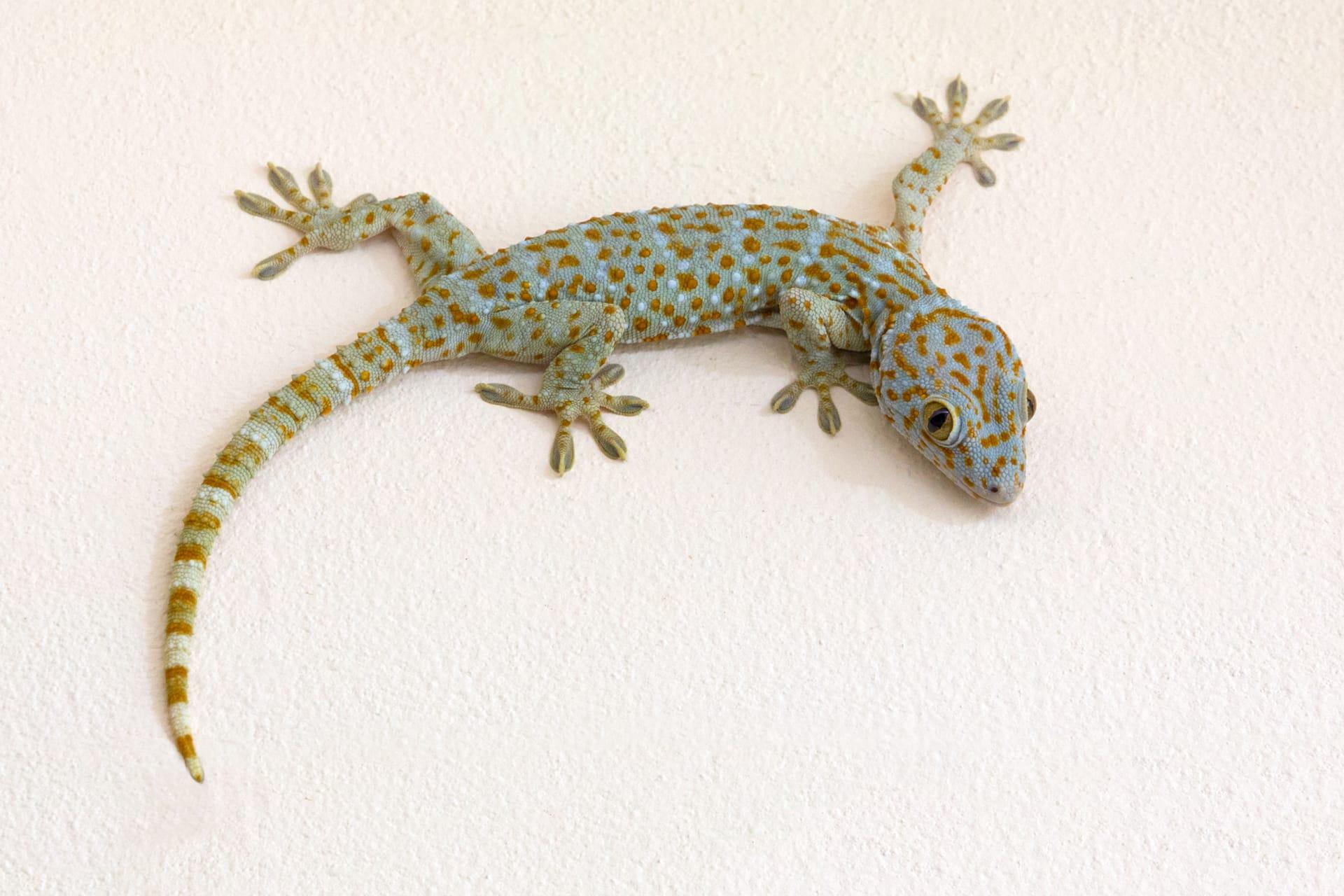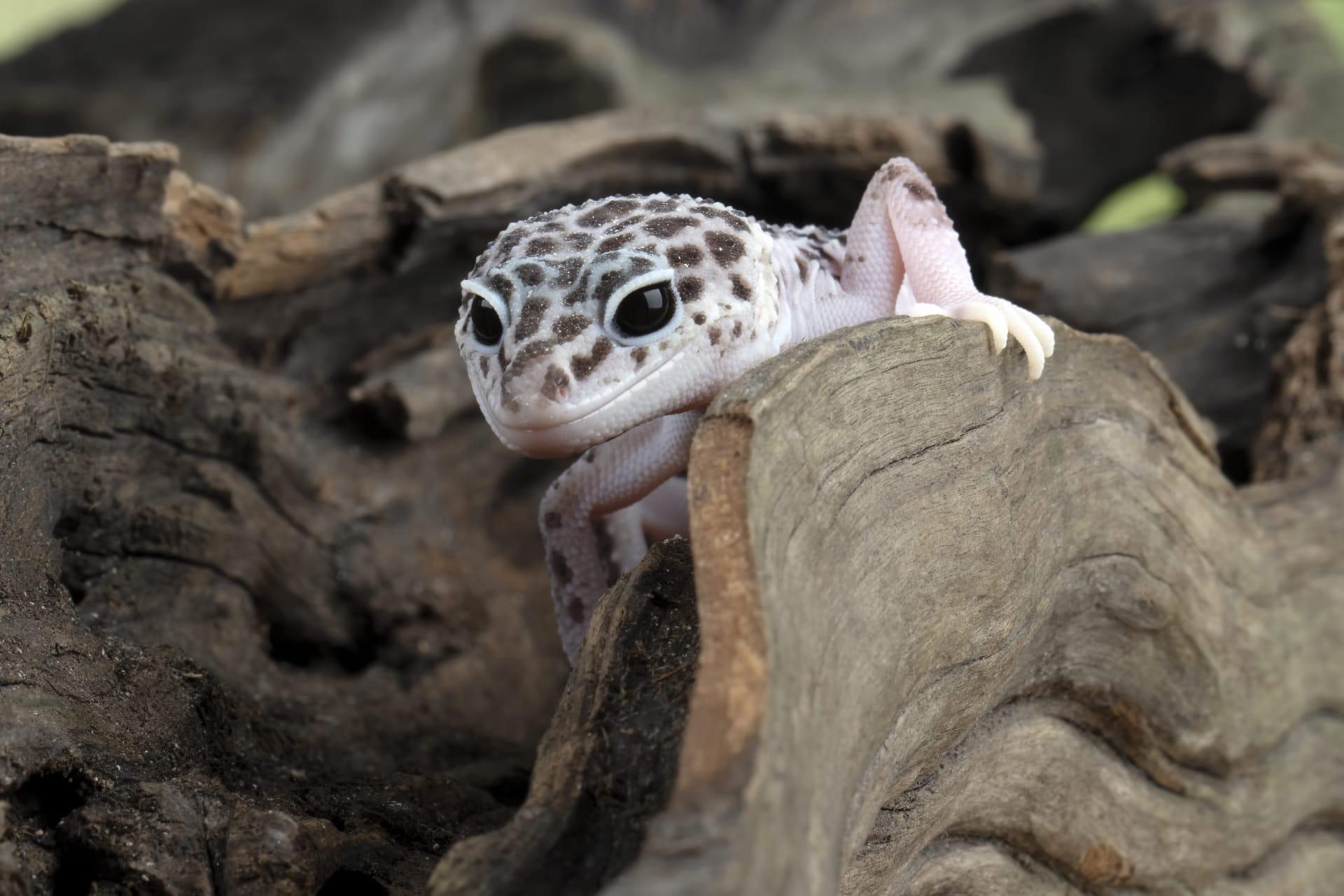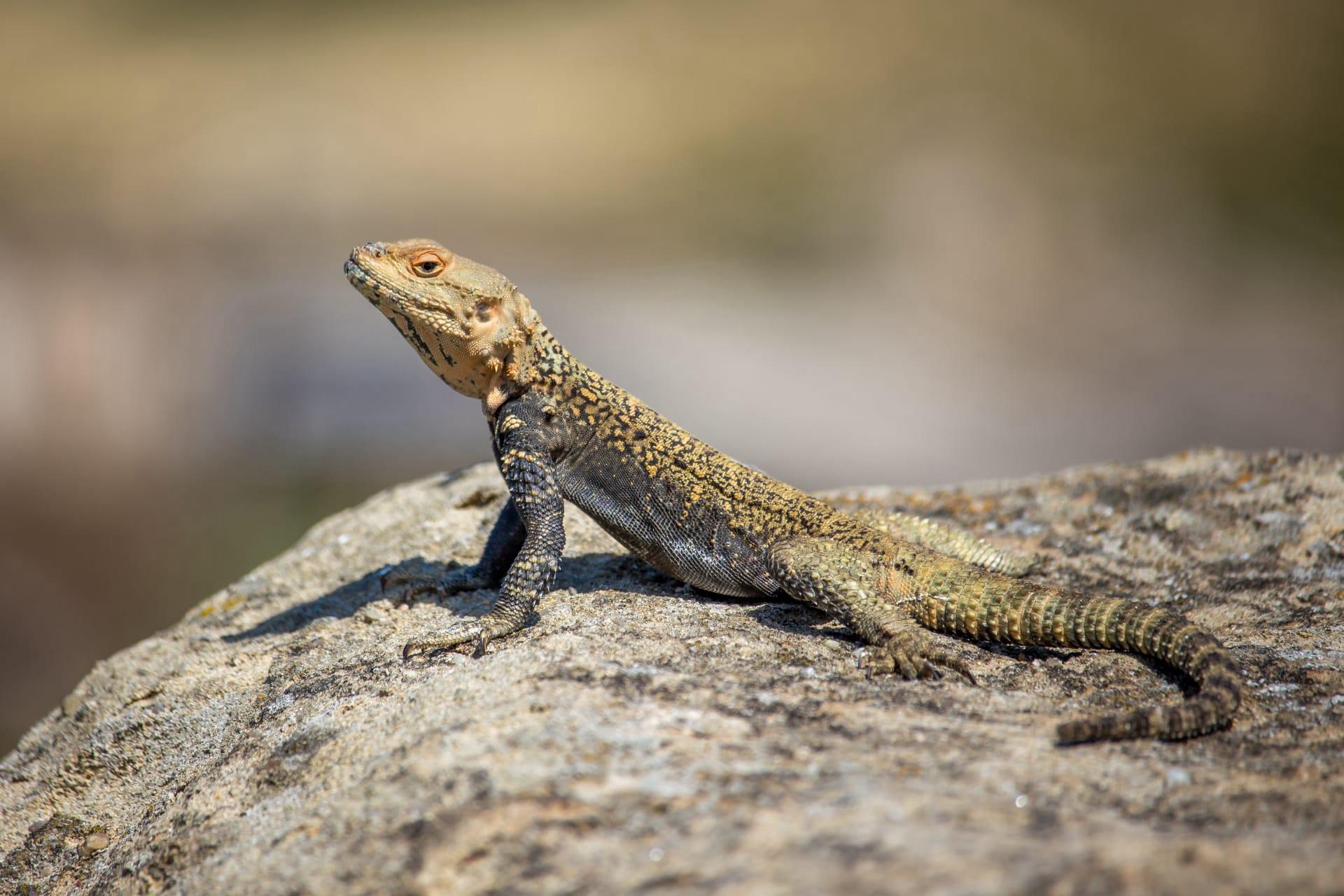1
Leopard geckos are unique in their vocal abilities among reptiles. Unlike most lizards, leopard geckos can make a variety of sounds, ranging from barks and chirps to squeals. These sounds serve different purposes, such as warding off predators, attracting mates, or expressing discomfort. This ability is rare in the reptile world, as most rely solely on visual and physical cues for communication.
Another interesting aspect of leopard geckos is their eyelids. They are one of the few gecko species with eyelids that blink and close. This is quite unusual as most geckos lack movable eyelids and instead have a transparent membrane to protect their eyes. Leopard geckos' eyelids help them keep their eyes clean and free from debris in their arid, dusty environments.

2
Leopard geckos have a fascinating adaptation for survival in harsh environments: they can store fat in their tails. This fat reserve is crucial during periods when food is scarce, allowing them to survive for weeks without eating. The tail acts as an energy reserve, and in extreme cases, a leopard gecko can consume its own tail fat to survive.
These geckos also exhibit a unique defense mechanism known as "caudal autotomy." When threatened by a predator, they can detach their tail, which continues to wiggle for a short time. This distraction often allows the gecko to escape. Remarkably, they can regrow their tail, but the new tail usually differs in texture and color from the original.

3
Leopard geckos possess exceptional night vision, enabling them to see in color even in low light conditions. This is a rare trait among nocturnal animals. Their vision is adapted to detect various shades of color in darkness, a stark contrast to the common belief that nocturnal animals only see in black and white.
Unlike many reptiles that require external heat sources to regulate their body temperature, leopard geckos are adept at managing their body heat. They do this by moving between warmer and cooler areas in their environment. This behavior, known as thermoregulation, allows them to maintain an optimal body temperature without relying heavily on external heat sources.

4
Leopard geckos have a remarkable lifespan, especially when compared to other small lizards. In captivity, they can live up to 20 years or more, a testament to their resilience and adaptability. This longevity is considerably longer than many other lizard species, making them popular pets for those looking for a long-term reptilian companion.
The skin of leopard geckos is quite unique. They shed their skin in large pieces, and in a fascinating twist, they eat their shed skin. This behavior is thought to be a survival strategy to prevent predators from finding their shed skin and tracking them. Eating their shed skin also provides them with additional nutrients.

5
Leopard geckos have a distinct advantage in their hunting strategy due to their lack of vocalizations while stalking prey. This silence makes them more effective hunters, allowing them to sneak up on insects without alerting them. This stealth approach is vital for their survival in the wild, where they primarily feed on small insects.
Another intriguing aspect of leopard geckos is their temperature-dependent sex determination. The sex of their offspring is influenced by the incubation temperature of the eggs. Higher temperatures tend to produce males, while lower temperatures result in females. This unique characteristic is a fascinating example of how environmental factors can directly influence reptilian biology.